The 5 Games that Defined the Zelda Franchise
While Super Mario Bros and Pokémon might be Nintendo’s most recognizable franchises, we all have a special place in our hearts for The Legend of Zelda, and its silent hero, Link. The games are absolutely epic, and send the player to travel the land, looking for objects to aid him in his quest to stop Ganon/Ganondorf/any other great evil in the land of Hyrule. While this might not seem like much of a story (particularly because variants of this are repeated in almost every game), what counts is how stylish the game is, how great it looks, how cool it is to control link, and how vast the land is, always full of things to do, and new places to explore.
The Legend of Zelda games’ are so well done that manage to attract both casual and hardcore players, thanks to its charm, tight controls, and how balanced the experience turns out to be, with plenty of fun mechanics and almost no limits when it comes to exploration. It’s a franchise of universal appeal, for everyone, and even a lot of people started playing videogames after being exposed to one of the incarnations of the game. Still, despite this, the games have evolved over the years incorporating new features that became staple for the series. This list is meant to be a recap of the Zelda games that Defined the Franchise as we understand it today. Enjoy!
5- Twillight Princess (Wii, Gamecube)
Twillight Princess is a game fans had long claimed for. After the experimenting that took place with the franchise, producing games with a cheerful and cute aesthetic like The Wind Waker, and Phantom Hourglass (eventually also Spirit Tracks, often overlooked), fans wanted a return to the dark and somewhat more adult world seen in Ocarina of Time and Link to the Past. Well, darkness is the best word we could use to describe the Hyrule Nintendo portrayed in this game: the land changes just like the title indicates, and becomes a foggy wasteland which link can explore turned into a wolf (in the game mythology, the most courageous animal).
Eventually, Link learns to control the transformation, creating this by itself a new mechanic: human Link gets to do some things wolf Link doesn’t, and vice versa. Also, thanks to the Wiimote (although this can be still done in the Gamecube version), using Midna’s (Link’s companion in this adventure) powers to interact with the environment is quite intuitive and fun. The use of the sword and bow with the Wiimote represented also a great change from the stiff analog nub of previous controllers, and became almost a second nature to some players. This game only showcased a bit of what the Wii is capable of, and we can’t wait until Skyward Sword comes out so we can see it’s full potential.
4- Legend of Zelda (NES, Gameboy Advance, Gamecube, Virtual Console)
The Legend of Zelda is the game that started it all, so respect! The Legend of Zelda starts with Link armed with nothing but his wits trying to find the pieces of the Triforce, scattered all over the land, in order to defeat the evil Ganon. What’s really special about this game, though, is how vast the world is. Sure, it’s just an 8-bit game, but the player could travel all over the map at any point of the game, venturing anywhere they wanted, serving even as a sort of precursor to sandbox games. This lack of limitations confused players for a while, until they realized making/using maps was an essential task if they ever hoped to beat the game.
The game set most of the basics of the saga: Link has to go through temples to find [insert here name of special tresure of any particular game], find upgrades and different/better weapons at each one on them, and solve puzzles with these, all thewhile taking care of the enemies with his sword.
3- Link’s Awakening (Gameboy, Virtual Console)
Link’s Awakening was the first portable adventure of Link, and came out with some interesting additions: this was the first game where Link (thanks to Roc’s Feather) was able to jump, something fans had asked since forever, and also, incorporates two endings (the ‘perfect’ one requires the player to never die during his adventure. Damn.)
This game acts as a sequel to A Link to the Past, showing the fate of Link after defeating Ganon and traveling around the world. Link ends up getting caught up in a storm and crashing his boat on an island where he’s found by a girl called Marin, who nurses him back to health. While exploring the island, Link finds out that in order to leave he’ll have to find a set of instruments to wake up the Wind Fish, some sort of deity, by playing a special song.
2- A link to the Past (SNES, Gameboy Advance, Virtual Console)
Once Nintendo started focusing their efforts on the 16 bit consoles, and updating their already established franchises, Zelda, Link and Ganon eventually got their chance to shine. Zelda: A Link to the Past might share the themes of previous incarnations, but the amount of new skills, power-ups, and development in story telling made it feel like an absolutely different game, way more polished and complete than any of the predecessors. Some of the objects that make their first apparition in this game are the Pegasus boots, the Master Sword, Link’s main weapon throughtout the series, his ocarina, or his very own hookshoot, all of which pretty much became standard for every incarnation of the game.
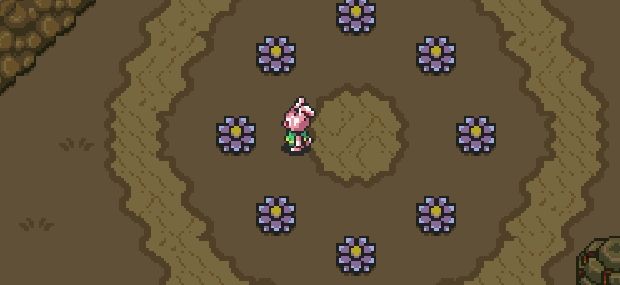
Amongst all the crazy stuff that happens in this game, at one point Link literally turns into a bunny. Yes, a bunny. Of all things.
In the game, Link wakes up from a nightmare, and decides to follow his uncle through the night, into Hyrule castle, to rescue princess Zelda. His uncle gets killed shortly after, and gives Link his sword and shield commanding him to find Zelda, for Hyrule is in great danger. After finding and rescuing her, Link learns about Aghanim’s plans, an evil wizard controlled by Ganon, who wants to bring Ganon back from the Dark World, a mirrored version of Link’s own Hyrule. In order to defeat them, Link will have to pass the trials of the three goddesses, and rescue Zelda and the rest of the Seven Maidens of the legend.
1- Ocarina of time (N64, GameCube, Virtual Console, N3DS)
When gamers get nostalgic about videogames, one of the titles that always comes up is Ocarina of Time. It’s status as an eternal classic, forever undisputed, is due to its solid gameplay, engaging and epic story, and the great amount of experimentation and inspiration (a truly rare mix) put into it. The game originally came out for the Nintendo 64 in 1998, with some absolutely revolutionary ideas like a real-time night and day system, a huge overworld fully in 3d, and a bunch of endearing and awesome supporting characters such as Darunia, Princess Ruto of the Zoras, the Gerudo, or Epona, Link’s faithful steed. Also, this was the first game where Link had a companion (Navi), who helped throughout the adventure describing the enemies the players faced or marking the items the player could interact with.
In the game, Link is a young boy living amongst the Kokiri, a tribe in the forest. He gets summoned to meet the Deku Tree, a huge tree who sends him off to meet Princess Zelda. Upon meeting, they realize that Ganondorf (a Gerudo who turns out to be the evil Ganon in disguise) is planning to murder the king and take over the land. In order to defeat him, Link gets the Master Sword, which wasn’t supposed to be released after several years later, which results in Link getting trapped for several years, and coming out of the temple as an adult, the Hero of Time. As the Hero of Time, he’ll travel the wasteland that became the land of Hyrule once more, and try to save the 7 sages, who will grant him the power to save Zelda and the kingdom.
The game is so beloved that it’s been made available in pretty Nintendo console ever since it came out, and now is even gonna get a complete update on the N3DS, getting the full 3D treatment, and redrawing of some screens in order to make it appear more vivid and charming. Would it be worth replaying? We definitely think so.

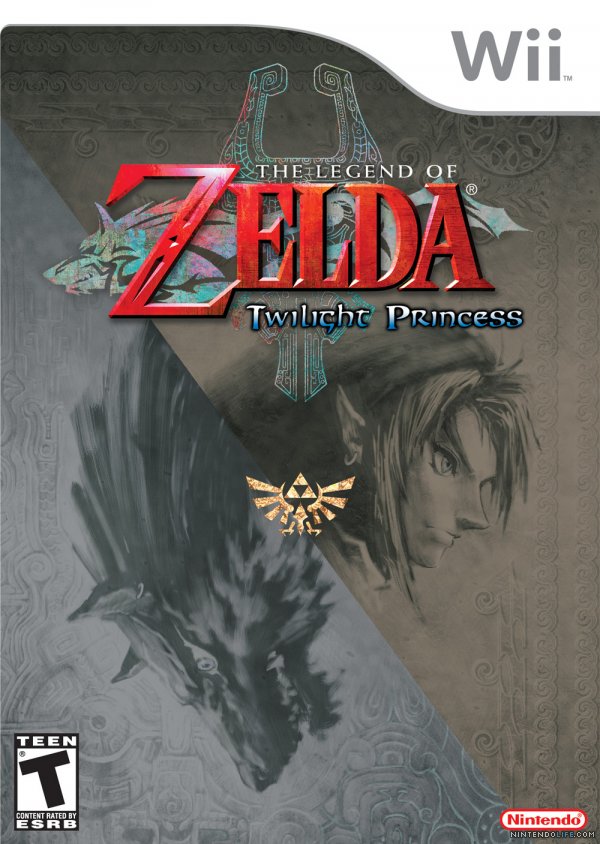
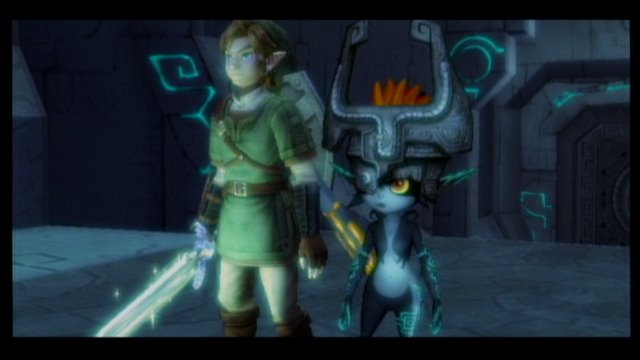
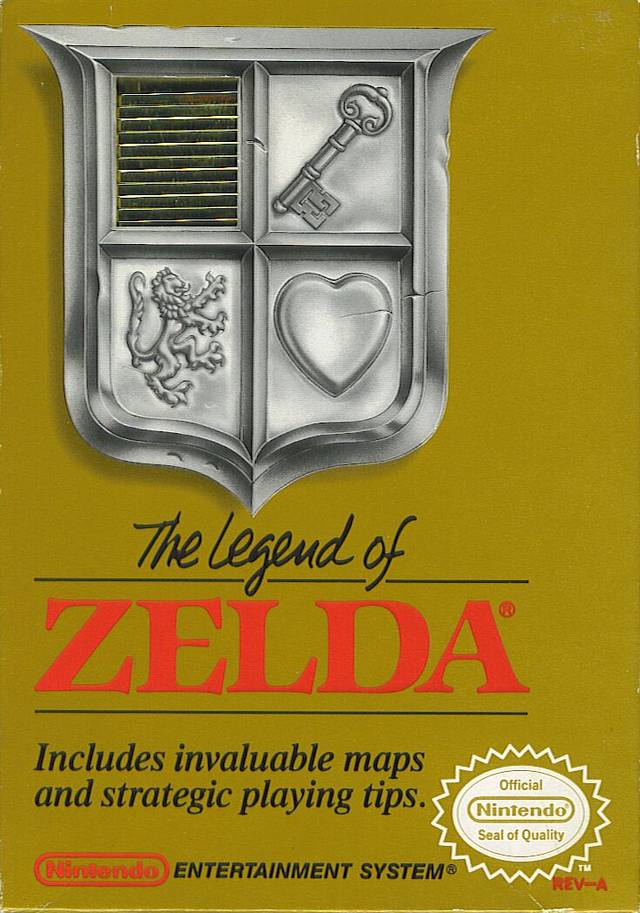
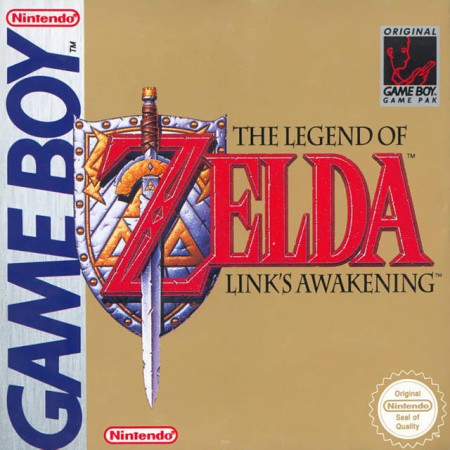
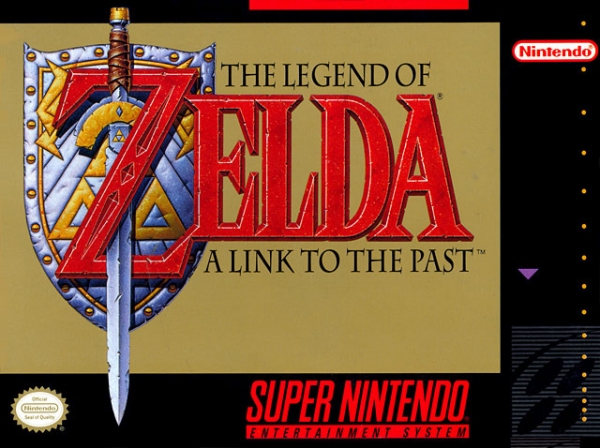
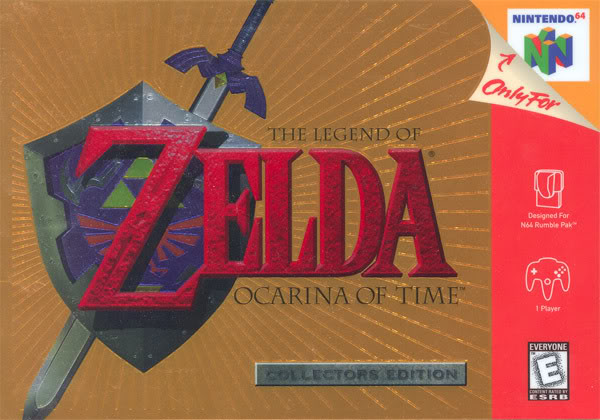
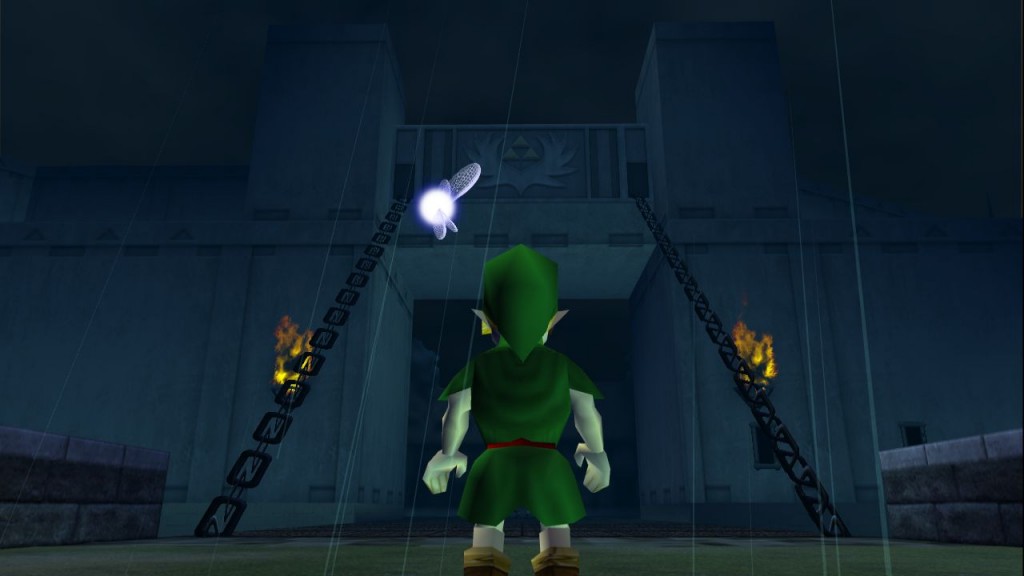
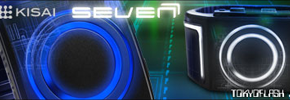 Gadget Of The Day
Gadget Of The Day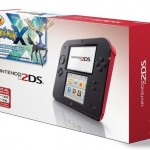 Nintendo Announces Pokémon X/Y 2DS Bundle For $150
Nintendo Announces Pokémon X/Y 2DS Bundle For $150 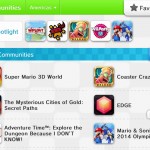 Wii U Miiverse Gets A Slight New Makeover
Wii U Miiverse Gets A Slight New Makeover  WiiNoob’s Nintendo Black Friday Deals Guide
WiiNoob’s Nintendo Black Friday Deals Guide 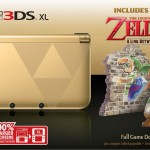 Zelda: A Link Between Worlds 3DS XL Headed To North America
Zelda: A Link Between Worlds 3DS XL Headed To North America 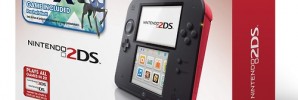


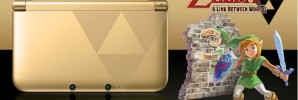
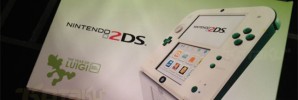
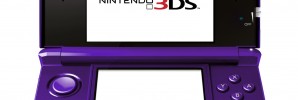
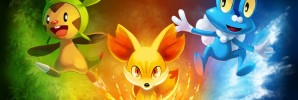
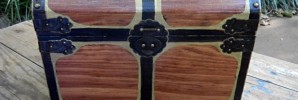
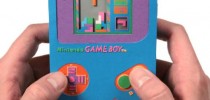



Pingback: Legend of Zelda: Ocarina of Time 3D Gets its own Trailer | WiiNoob
Pingback: E3 2011 - Nintendo Press Conference Summary | WiiNoob
Pingback: Zelda 25th Anniversary Symphony Concerts Begin October In L.A. | WiiNoob